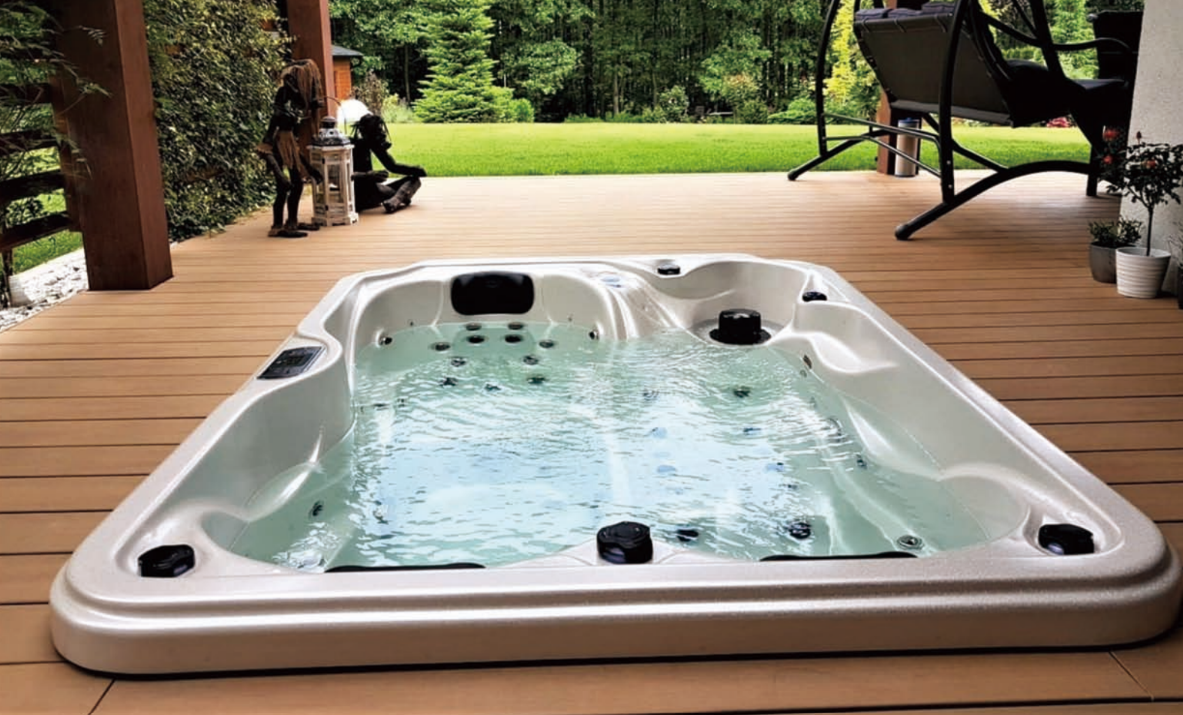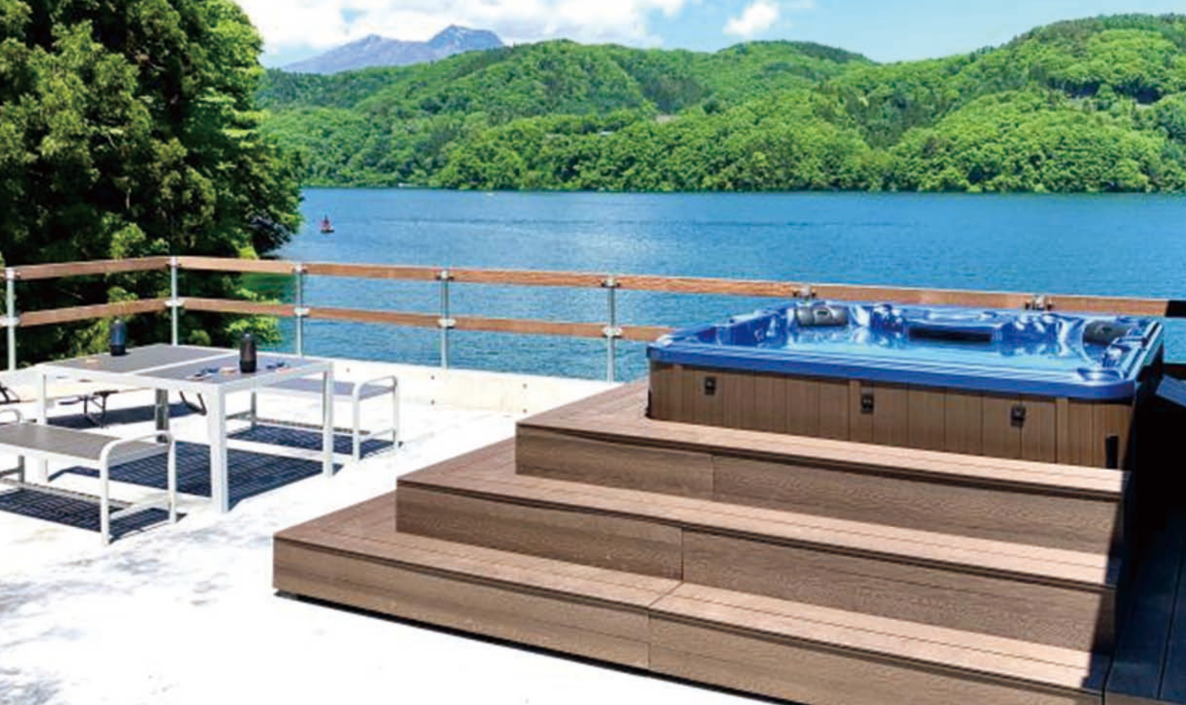In-Depth Alkalinity and PH for Hot Tub Maintenance
If the basic guide didn't satisfy your need for chemistry then here we go!

In-Depth: Alkalinity and pH in Hot Tub Maintenance
Maintaining proper alkalinity and pH levels is crucial for hot tub water care. These two factors work together to ensure optimal water quality and sanitizer efficiency, providing a safe and comfortable experience for bathers.
Step 1: Understanding and Adjusting Alkalinity
Alkalinity, in the context of hot tubs, refers specifically to the concentration of hydrogen carbonate ions (HCO₃⁻) in the water. These ions act as a buffer, stabilizing pH levels and preventing rapid fluctuations.
Why Alkalinity Matters:
- Buffering Capacity: A stable alkalinity level ensures that pH remains balanced, reducing the need for frequent adjustments.
- Optimal Range: The ideal alkalinity range is 80–120 ppm. To "lock in" pH stability, aim for the higher end of this range (around 120 ppm).
Adjusting Alkalinity:
- Use a dedicated Alkalinity Booster to raise levels without significantly affecting pH.
- If your alkalinity is too low, pH adjustments will be inconsistent, as the water lacks the buffering capacity to stabilize itself. Always address alkalinity first before attempting to adjust pH.
Step 2: Measuring and Adjusting pH
Once alkalinity is within the proper range, you can accurately measure and adjust pH.
What is pH?
pH measures the concentration of hydrogen ions (H⁺) in the water. The pH scale ranges from 0 (acidic) to 14 (basic), with 7 being neutral. For hot tubs, pH levels influence the effectiveness of chlorine-based sanitizers.
- Low pH (acidic water): Produces more hypochlorous acid (HOCl), improving disinfection but potentially irritating skin.
- High pH (basic water): Produces more hypochlorite ions (OCl⁻), reducing sanitizing power and requiring higher chlorine doses.
Optimal Range:
- Maintain a pH of 7.2–7.8 for a balance between effective sanitation and bather comfort.
- For maximum sanitizer efficiency, target the lower end of this range (7.2–7.4).
Tools and Products for Water Balance
Alkalinity Boosters:
Essential for raising alkalinity without altering pH significantly.
pH Plus and pH Minus:
- pH Plus: Raises pH.
- pH Minus: Lowers pH.
Liquid Test Kits:
Use kits with
phenol red and
bromothymol blue indicators for accurate pH readings. Phenol red works within the 7–8 range, while bromothymol blue is better for initial testing if water is suspected to be highly acidic.
Measuring and Adjusting pH
Initial Testing:
- Use bromothymol blue to test pH if water is suspected to be below 7.
- Compare tap water and spa water samples for reference.
Adjusting pH:
- Add pH Plus if pH is below 7.2, following the manufacturer’s dosage chart.
- Wait 12 hours and retest using phenol red.
- If pH exceeds 7.8, use pH Minus to lower it.
Final Thoughts: Linking Alkalinity and pH
- Alkalinity acts as the foundation, stabilizing pH and creating a consistent environment for sanitizers to work effectively.
- pH directly affects sanitizer efficiency, with hypochlorous acid being most effective in slightly acidic water (7.2–7.4).
By addressing alkalinity first and maintaining pH within the optimal range, you ensure your hot tub remains clean, comfortable, and ready for use.
Stay Tuned!
Check back soon for our Quick Fix Guide, which will cover practical steps for troubleshooting common hot tub water issues.




